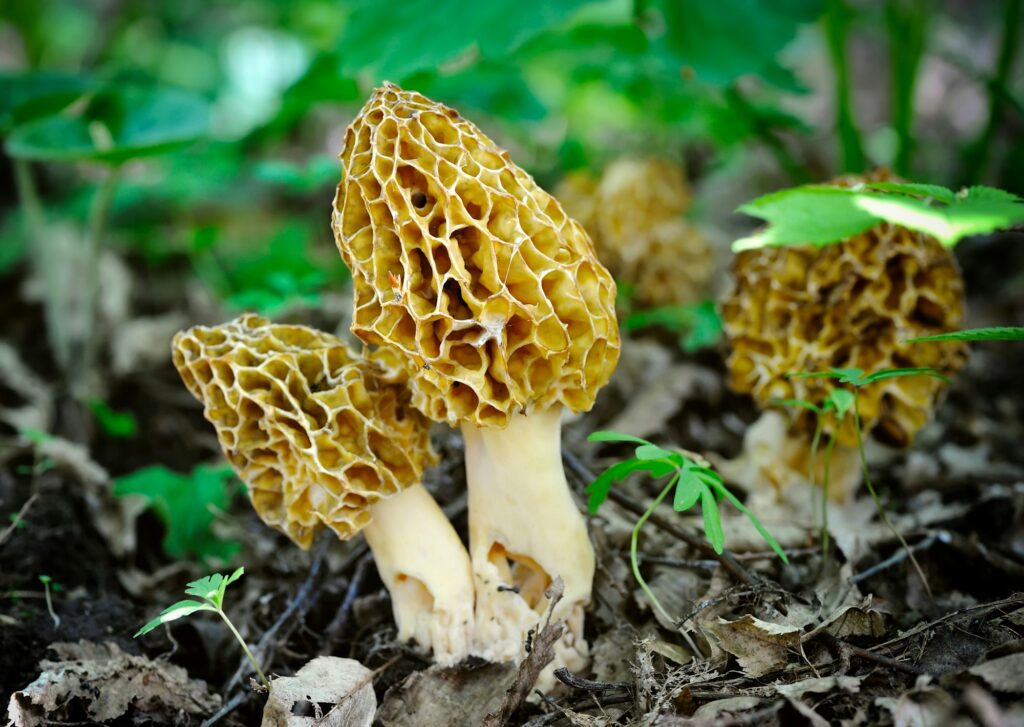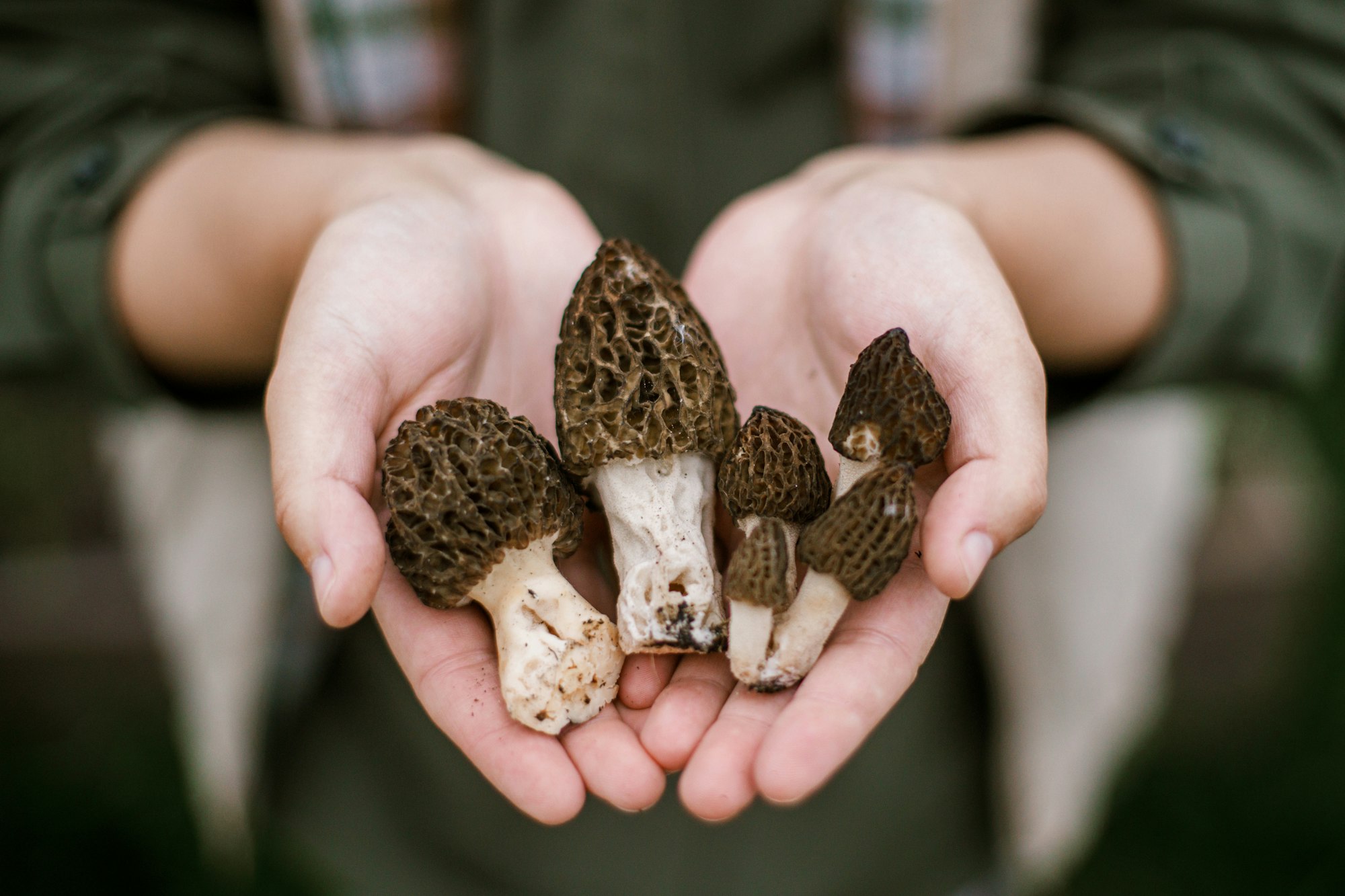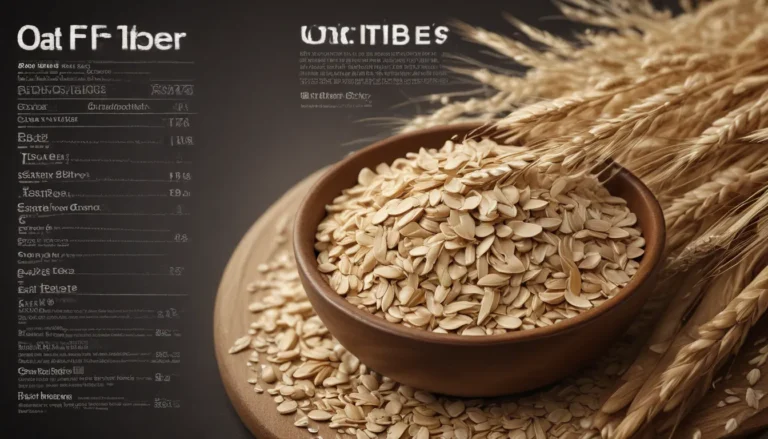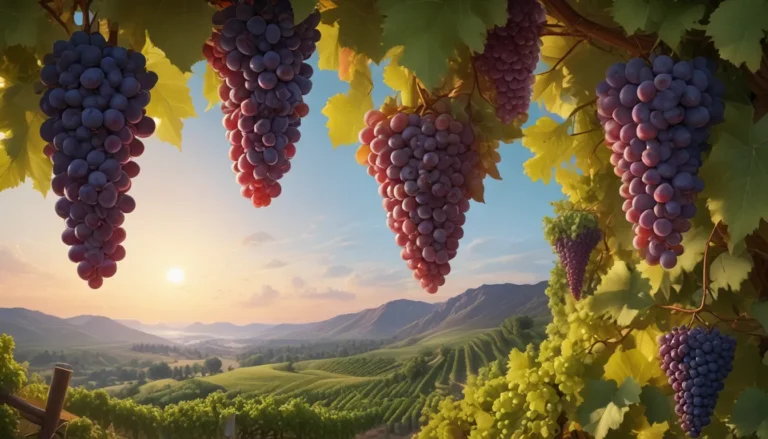The pictures in our articles might not always show exactly what the text is talking about. We use these images to make the article more interesting and eye-catching. They are there to add to the text, but not to replace it or show every detail.
Introduction
Morel mushrooms, scientifically known as Morchella, are a true marvel of the fungal world. These elusive and highly prized mushrooms have captivated foragers, chefs, and nature enthusiasts for centuries. With their distinctive honeycomb-like caps and rich, nutty flavor, morels are not just a culinary delicacy but also a fascinating subject of scientific study.
In this comprehensive guide, we'll explore the intriguing world of morel mushrooms, from their unique appearance and habitat preferences to their culinary uses and ecological importance. Whether you're a seasoned mushroom hunter or simply curious about these enigmatic fungi, prepare to discover the wonders of morels and why they continue to be one of the most sought-after mushrooms in the world.
Key Takeaways
- Morel mushrooms have a distinctive honeycomb-like appearance
- They are highly prized for their unique flavor and texture
- Morels are difficult to cultivate, making wild-foraged specimens valuable
- Spring is the prime season for finding morel mushrooms
- Proper identification is crucial to avoid toxic look-alikes
- Morels play important ecological roles in forest ecosystems
Fascinating Facts About Morel Mushrooms

1. Unique Appearance
Morel mushrooms are instantly recognizable by their honeycomb-like cap. This spongy, pitted surface is not just for show – it's an efficient way to produce and release spores. The cap is typically oblong or conical in shape and can range in color from pale yellow to dark brown.
2. Seasonal Delicacy
Morels are primarily a spring mushroom. They typically appear when soil temperatures reach about 50°F (10°C), often emerging in April and May in many parts of the Northern Hemisphere. This limited availability contributes to their status as a prized seasonal delicacy.
3. Habitat Preferences
Morels have specific habitat preferences. They're often found in:
- Deciduous and mixed forests
- Old apple orchards
- Areas recently disturbed by fire
- Near certain tree species like elm, ash, and poplar
Understanding these preferences is key for successful morel hunting.
4. Culinary Gold
In the culinary world, morels are considered gold. Their meaty texture and rich, earthy flavor make them a favorite among chefs and food enthusiasts. They're often sautéed in butter, used in creamy sauces, or incorporated into gourmet dishes to add depth and complexity.
5. Nutritional Value
Morels are not just tasty; they're nutritious too. They are:
- Low in calories
- High in protein
- Rich in vitamin D
- A good source of iron and other minerals
This makes them a healthy addition to various diets.
6. Cultivation Challenges
Despite their popularity, morels have proven notoriously difficult to cultivate commercially. Their complex life cycle and specific growth requirements have stumped scientists and farmers for years. This difficulty in cultivation contributes to their high market value.
7. Ecological Importance
Morels play crucial roles in forest ecosystems:
- They form mycorrhizal relationships with trees, aiding in nutrient exchange
- They help decompose organic matter, contributing to soil health
- Their presence can indicate the overall health of a forest ecosystem
8. Look-alikes and Safety
While delicious, morel hunting comes with risks. False morels, which can be toxic, sometimes fool inexperienced foragers. Key differences include:
- True morels are hollow inside; false morels are not
- True morels have caps attached to the stem; false morels' caps hang freely
- The surface of true morels is more honeycomb-like, while false morels are more brain-like
Always consult an expert or reliable guide when foraging for morels.
9. Cultural Significance
Morel mushrooms hold cultural significance in many regions:
- They're celebrated in festivals across North America and Europe
- In some areas, morel hunting is a cherished family tradition passed down through generations
- They've inspired art, literature, and local folklore
10. Scientific Interest
The mysterious life cycle and growth patterns of morels continue to intrigue scientists. Research into morels covers various fields:
- Mycology (the study of fungi)
- Ecology
- Genetics
- Culinary science
Ongoing studies aim to unravel the secrets of morel growth and potentially develop reliable cultivation methods.
FAQ About Morel Mushrooms
When is the best time to hunt for morel mushrooms?
The best time to hunt for morels is typically in spring, from late March to May, depending on your location. Look for them when daytime temperatures consistently reach the 60s and 70s Fahrenheit.
Are morel mushrooms safe to eat?
Yes, true morel mushrooms are safe to eat when properly identified and cooked thoroughly. However, they should never be eaten raw, as they contain a substance that can cause stomach upset if not cooked.
How can I distinguish true morels from false morels?
True morels have a hollow interior and a cap that's attached to the stem. False morels have a cottony or brain-like interior and a cap that hangs freely from the stem. Always consult an expert if you're unsure.
Why are morel mushrooms so expensive?
Morels are expensive due to their short growing season, difficulty in cultivation, and high demand. They can only be wild-foraged for a brief period each year, making them a rare delicacy.
Can I grow morel mushrooms at home?
Growing morels at home is challenging due to their complex life cycle and specific environmental needs. While some enthusiasts have had limited success, commercial cultivation remains elusive.
Conclusion
Morel mushrooms stand as one of nature's most intriguing and sought-after treasures. Their unique appearance, delectable taste, and the thrill of the hunt make them a favorite among foragers and food lovers alike. From their important ecological roles to their status as a gourmet ingredient, morels continue to fascinate and delight.
As we've explored, the world of morel mushrooms is rich with complexity and wonder. Whether you're drawn to their culinary potential, their role in forest ecosystems, or the challenge of finding these elusive fungi, morels offer something for everyone. As research continues, we may yet uncover more secrets about these remarkable mushrooms, potentially leading to breakthroughs in cultivation and conservation. Until then, the annual hunt for morels remains a cherished tradition, connecting us with nature and the age-old practice of foraging.






